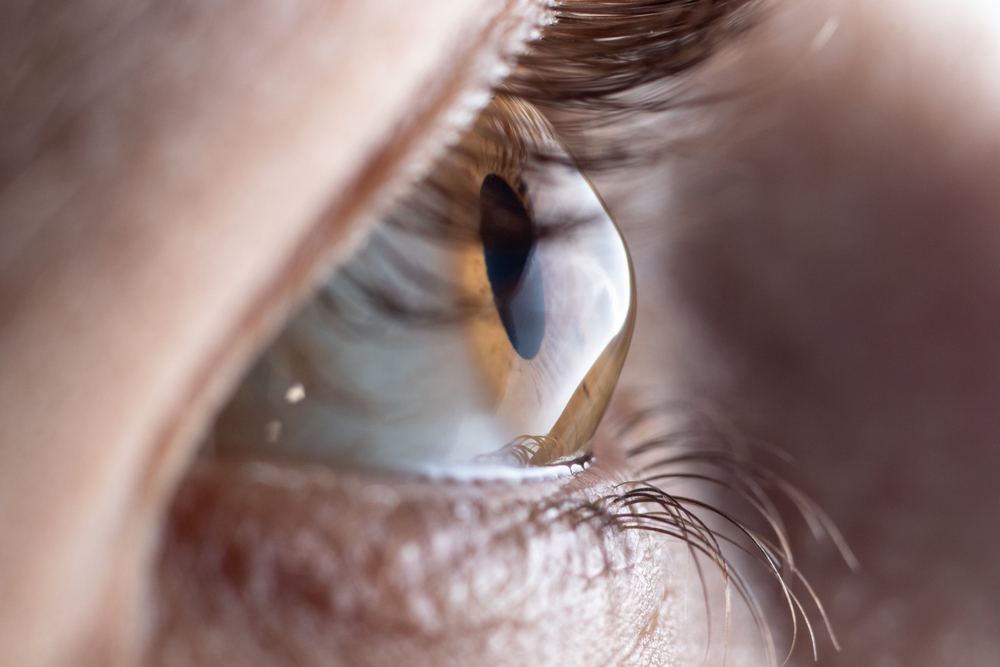
As we delve into the world of eye health, there are certain conditions that, although less common, significantly affect many people's vision worldwide. One such condition is keratoconus. This term might sound unfamiliar, but in the realm of eye health, its impact is profound. The journey to fully understanding what keratoconus is and how it is diagnosed is a fascinating one. Armed with knowledge, we can better understand and manage this condition, which can help those suffering from it to maintain their vision and overall eye health.
What is Keratoconus?
Keratoconus is a progressive eye condition that affects the cornea, the clear, dome-shaped front surface of the eye. In a healthy eye, the cornea is round and smooth, facilitating clear vision. In keratoconus, the cornea progressively thins and bulges into a cone-like shape, leading to blurred vision and light sensitivity.
This condition often develops during a person's teens or early twenties and can progress slowly for 10 years or longer. Both eyes are usually affected, although it can progress at different rates in each eye. Keratoconus can lead to significant visual impairment, but with early diagnosis and appropriate treatment, its progression can be halted, and vision can be preserved.
Symptoms Associated with Keratoconus
The first sign is often subtle, a slight blurring of vision that can't be corrected with glasses. As the condition progresses, symptoms may become more severe.
Common symptoms include progressively worsening vision that isn't easily corrected with glasses, increased light sensitivity, difficulty driving at night, and a noticeable distortion of vision. You might also notice a frequent change in your eyeglass prescription, or that your glasses don’t improve your vision as they used to. These symptoms can make daily tasks challenging, affecting quality of life.
How Keratoconus is Diagnosed
Understanding how keratoconus is diagnosed is crucial, as early diagnosis can significantly impact the course of the disease. The process begins with a comprehensive eye examination. Your optometrist will review your medical and family history and conduct a thorough eye examination. They will pay particular attention to the shape of your cornea.
In the early stages of the condition, keratoconus can be challenging to diagnose as the changes in the cornea can be subtle. However, as the disease progresses, the conical shape of the cornea becomes more apparent, making diagnosis easier.
Different Diagnostic Tests for Keratoconus
Several diagnostic tests help determine whether a person has keratoconus. One of the most common is corneal topography, a non-invasive test that maps the surface curvature of the cornea. It can detect early signs of the disease before noticeable vision problems occur.
Other tests include a visual acuity test, refraction test, and slit-lamp examination. In a visual acuity test, you'll read a series of letters or numbers from a chart to assess how clearly you can see. The refraction test determines the lens power you'd need to compensate for any refractive error, such as nearsightedness, farsightedness, or astigmatism. A slit-lamp examination allows your doctor to closely examine your cornea and other eye structures.
The Importance of Early Diagnosis of Keratoconus
Since keratoconus is a progressive condition, it can worsen over time if left untreated. Early detection allows for timely management, which can slow or halt the progression of the disease.
With early diagnosis, treatments like corneal cross-linking can be initiated to strengthen the cornea and prevent further thinning. Other management options include custom soft contact lenses, rigid gas permeable lenses, or even corneal transplant in severe cases. The sooner the condition is identified, the better the potential outcome.
Take Proactive Measures to Preserve You Eye Health
Understanding what keratoconus is and how it is diagnosed is the first step towards managing this condition effectively. It’s a disease of the cornea that can significantly impact vision if left untreated. By knowing the symptoms and understanding the importance of early diagnosis, you can be proactive in preserving your eye health.
Regular eye examinations are crucial, especially if you have a family history of keratoconus. If you're experiencing any of the symptoms mentioned above, don't hesitate to seek professional help.
For more information on keratoconus and how it is diagnosed, visit Eyecare Associates Optometric Group at our office in Azusa, California. Call 626-804-3266 to schedule an appointment today.






